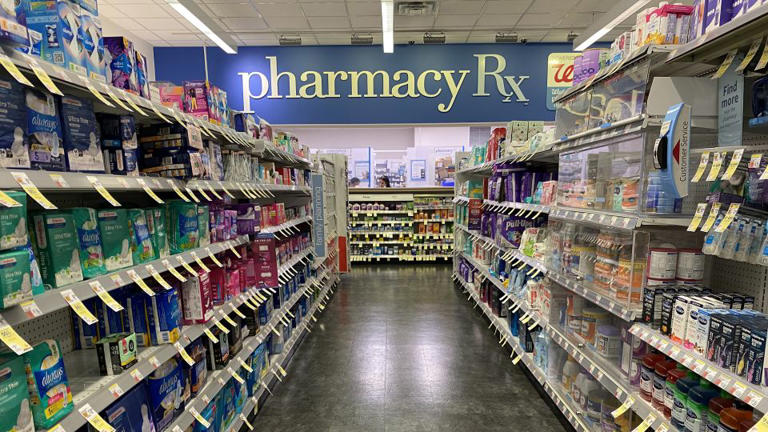Walgreens’ announcement of significant store closures highlights a broader downturn in the drugstore industry, reflecting deep-seated challenges beyond immediate economic pressures. With about 25% of its U.S. stores reportedly operating at a loss, Walgreens plans to shutter locations that either overlap geographically or struggle to mitigate theft—a problem exacerbated during the pandemic.
The struggles of Walgreens are emblematic of larger issues plaguing the retail pharmacy sector, including intense competition, failed growth strategies, and evolving consumer behavior. Analysts attribute much of these difficulties to declining reimbursement rates for prescription drugs, a critical revenue stream for drugstores. Pharmacy benefit managers (PBMs), which negotiate drug prices and reimbursements, have come under scrutiny for squeezing pharmacy profitability while bolstering their own earnings through rebate negotiations with drug manufacturers.
Beyond prescription drugs, drugstores have traditionally relied on front-end sales of convenience items like snacks and household goods. However, this segment has been eroded by online retailers like Amazon and discount giants such as Walmart and Costco, which offer greater convenience and competitive pricing. This shift in consumer shopping habits has further strained the profitability of drugstore chains like Walgreens and CVS.
In response to these challenges, drugstores have sought to diversify their revenue streams by expanding into primary care services. Walgreens, for instance, invested significantly in VillageMD, aiming to integrate doctors’ offices into hundreds of its locations. However, these efforts have not yielded expected profits, prompting Walgreens to scale back its investment in VillageMD and close some of these clinics.
While store closures may improve Walgreens’ financial performance in the short term, they could adversely impact consumer access to healthcare services. Research suggests that pharmacy closures can lead to increased travel distances for patients, particularly affecting older adults and lower-income households reliant on nearby pharmacies. Such closures not only disrupt access to medications but also potentially exacerbate health risks associated with medication non-adherence.
Moreover, the closure of retail pharmacies disproportionately affects underserved communities, where pharmacies often serve as critical healthcare access points. Studies indicate that closures particularly impact pharmacies serving customers on public insurance plans, exacerbating healthcare disparities.
In conclusion, while Walgreens’ strategic decisions reflect efforts to navigate a challenging economic landscape, they underscore broader implications for healthcare access and economic equity. As the industry continues to evolve amidst regulatory pressures and shifting consumer behaviors, the balance between profitability and community health remains a critical consideration for stakeholders and policymakers alike.
